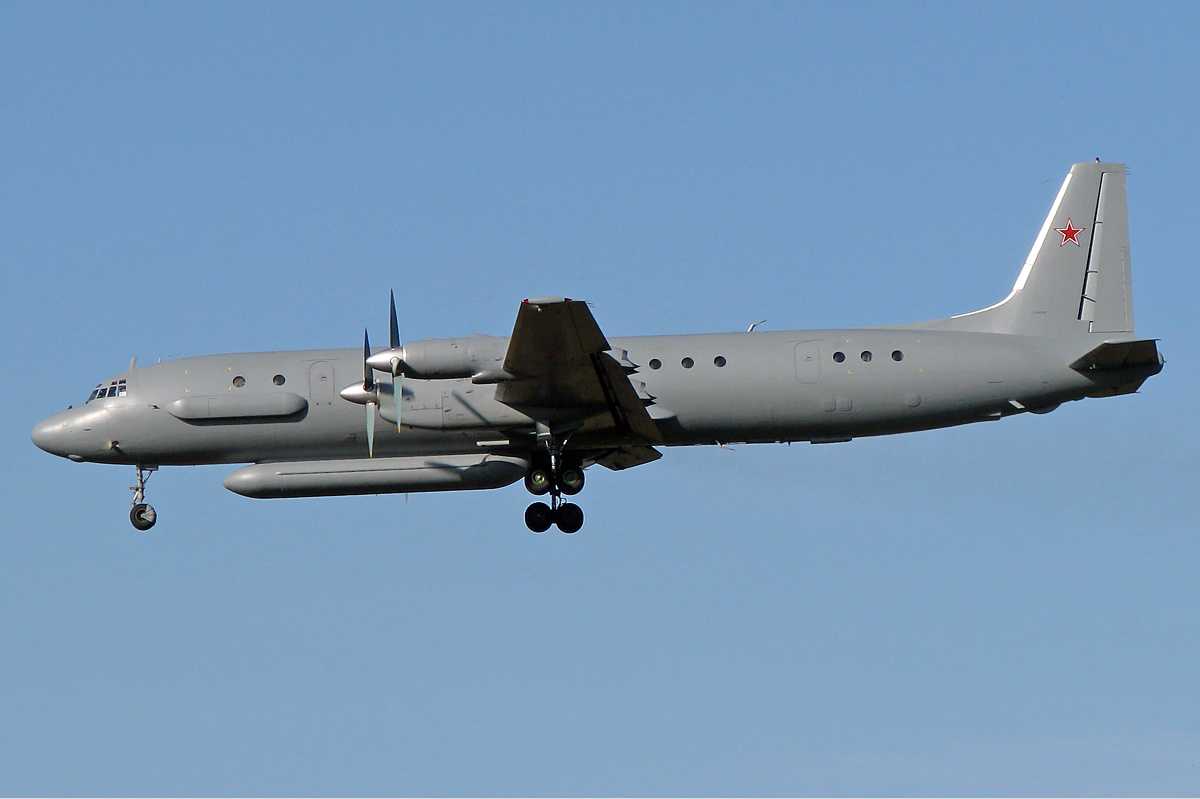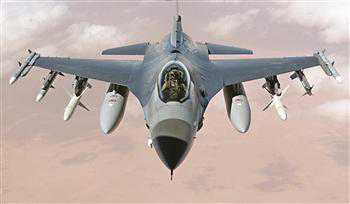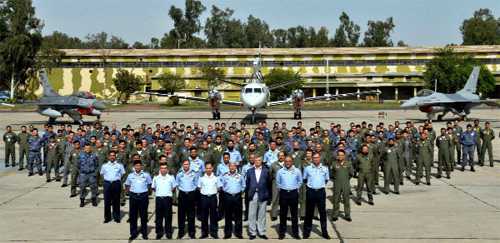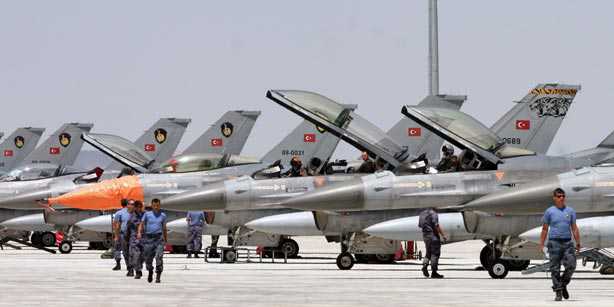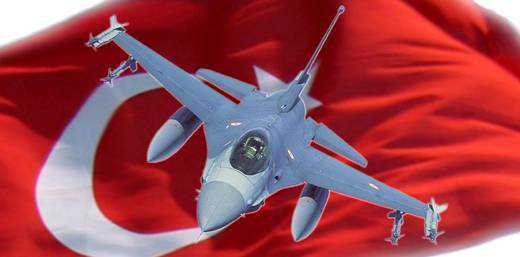What are the main differences between the F-16, F-22, F-35, and Eurofighter Typhoon?
F-16 : the lightest of the bunch. Single engine multi-role fighter in several generations of upgrades. Nearly 5,000 built. Single air intake underneath the fuselage and one vertical stabilizer along with the main wings and horizontal stabilizers. It probably has the smallest combat radius while having a maximum ordnance load of 17,000 lb. It’s likely the slowest of the 4 as well. Avionics vary by generation but some are getting very advanced upgrades for a light fighter design. A new one will cost you at least $30 million.

EF-2000 : Second smallest of the bunch and there have been over 500 built. Twin engine multi-role fighter with dual intakes under the fuselage and a delta wing configuration with forward canards and 1 vertical stabilizer. It can reach Mach 2 and supercruise. It is getting an AESA radar upgrade to keep its avionics up to par with others. It has some low-observable considerations in its design but is limited. Its combat radius is a little bit better than the F-16 depending on the ordnance load of which it can carry 19,800 lb total. A new one will cost you around $119 million.
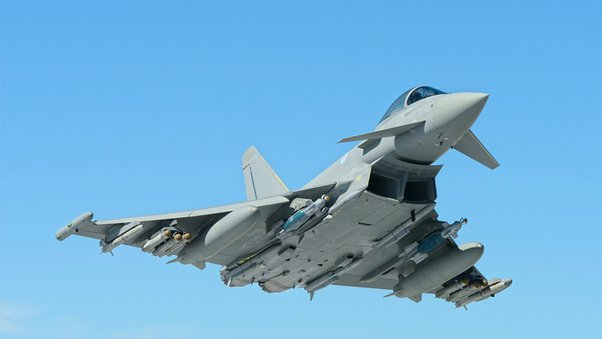
F-35: 2nd largest of the group. Single engine multi-role fighter with air intakes on the sides with conventional wings, horizontal stabilizers and two angled vertical stabilizers. It uses extensive computer modeling for low RCS and also has the most recent RAM (but economic) technology so far. It has an extensive ECM suite, situational awareness system and AESA radar with extensive abilities. It can act as a “mini AWACS” and helps to manage and coordinate the battlefield. It carries a limited strike and air-to-air mix of ordinance internally (about 5,700 lb) and can also carry 15,000 lb of ordnance externally. Its combat radius depending on the variant is as good or better than the previous two with just internal fuel and although not a design requirement it can supercruise in sprints of up to 150 miles. A new A variant will cost you under $90 million, B (VTOL) variant around $115 million and the C (naval) variant around $107 million. There have been over 350 made with plans for close to 3,000 across several countries with the US ordering over 1,000.
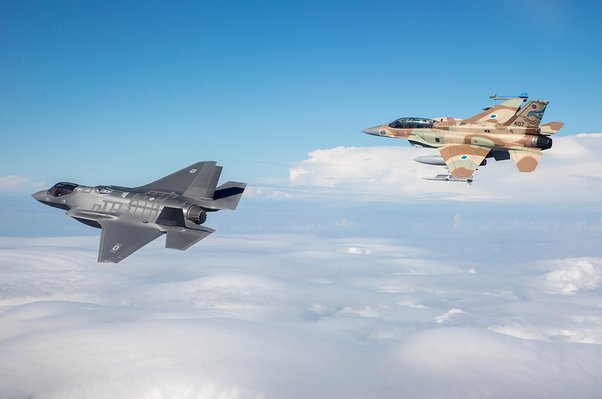
F-22: the largest and most expensive of the group. A twin engine fighter with wings similar to the F-35’s, it is primarily an air dominance fighter with some secondary strike capabilities. It was was designed with an all-aspect attention to RCS reduction and is the hardest to spot on radar or IR of the bunch. It also is utilized as an intelligence platform analyzing and collecting/intercepting signals. Its AESA radar received an upgrade with the abilities of the newer F-35’s radar. This gave it the improved abilities with the ground strike function added as well as upgrades to include battlefield situational awareness management. Its ECM hardware allows it to recognize, triangulate and guide air-to-air missiles without ever turning on its radar. It was the first to achieve supercruise and flies over mach 2. It can do sprints of at least 100 miles in supercruise. It’s intercept range varies on the use of supercruise but can be the furthest of all the jets on internal fuel. It can carry a full air-to-air load of 8 missiles internally or carry 20,000 lb of external ordnance. A new one would have cost about $150 million but the US won’t sell them to anyone. Only 180+ were made and there are no plans for more.


